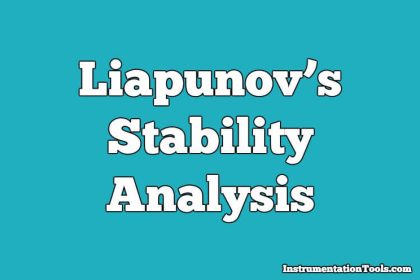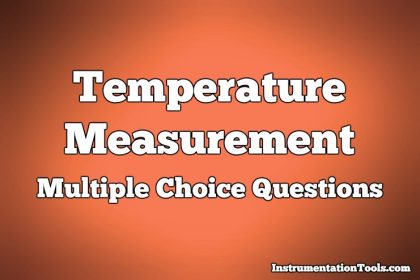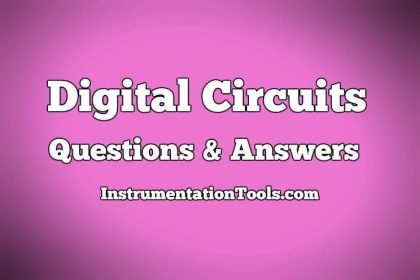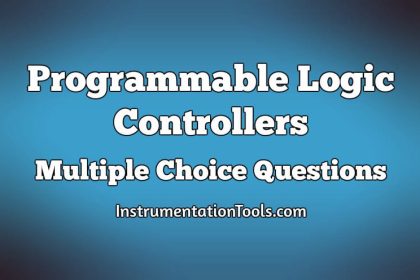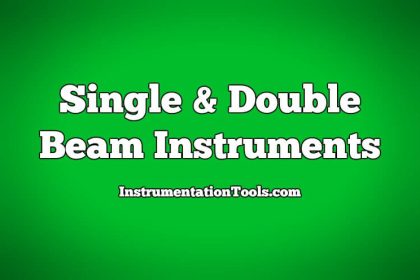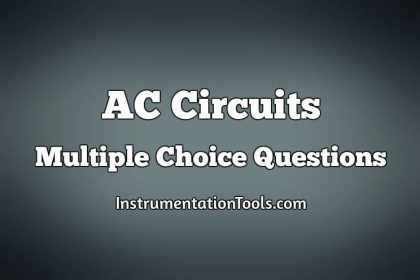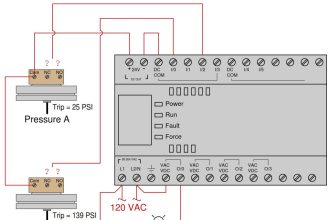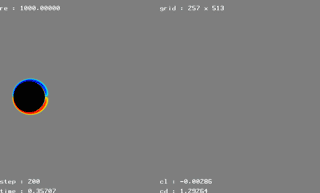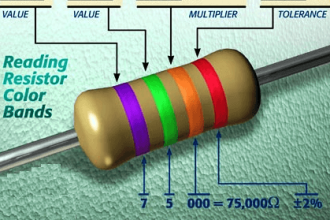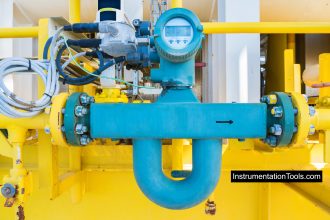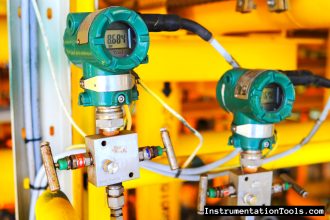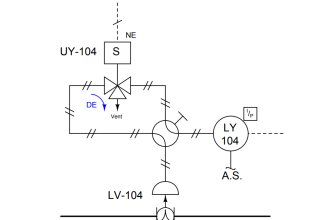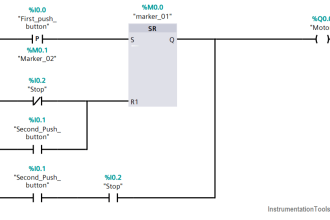Solution of State Equations
1. Which of the following is an electromechanical device ?
a) Induction relay
b) Thermocouple
c) LVDT
d) Any of the mentioned
Answer: c
Explanation: LVDT is linear variable differential transformer which is an inductive transducer and converts the displacement of the core to the electrical energy and also is electromechanical device.
2. A differentiator is usually not a part of a control system because it
a) Reduces damping
b) Reduces the gain margin
c) Increases input noise
d) Increases error
Answer: c
Explanation: A differentiator is the phase lead compensator which increases the speed of response and bandwidth and manages the transient response of the system.
3. If the gain of the critical damped system is increased it will behave as
a) Oscillatory
b) Critically damped
c) Overdamped
d) Underdamped
Answer: d
Explanation: Gain of the critical system is inversely proportional to the root of the damping factor and hence on increasing the gain the damping reduces and system becomes the underdamped.
4. In a control system integral error compensation _______ steady state error
a) Increases
b) Minimizes
c) Does not have any effect on
d) All of the mentioned
Answer: b
Explanation: Integral error compensation is the phase lag compensation and reduces the steady state error and eliminates the error.
5. With feedback _____ reduces.
a) System stability
b) System gain
c) System stability and gain
d) None of the mentioned
Answer: b
Explanation: Feedback reduces the gain as it causes the stability to the closed loop system and for the good control system the stability of the system should be high and also the speed of response.
6. An amplidyne can give which of the following characteristics?
a) Constant current
b) Constant voltage
c) Constant current as well as constant voltage
d) Constant current, constant voltage and constant power
Answer: d
Explanation: An amplidyne has constant current, voltage and power.
7. Which of the following can be measured by LVDT?
a) Displacement
b) Velocity
c) Acceleration
d) All of the mentioned
Answer: d
Explanation: LVDT can measure displacement, velocity and acceleration which is a linear variable differential transformer and inductive transducer.
8. ____________directly converts temperature into voltage.
a) Thermocouple
b) Potentiometer
c) Gear train
d) LVDT
Answer: a
Explanation: Thermocouple is a device that converts the change in the temperature into voltage in which the change in temperature of the different metals results in change in voltage.
9. The transfer function technique is considered as inadequate under which of the following conditions?
a) Systems having complexities and non-linearity’s
b) Systems having stability problems
c) Systems having multiple input disturbances
d) All of the mentioned
Answer: d
Explanation: Transfer function is the ratio of laplace output to the laplace input with the zero initial conditions and is considered inadequate due to complexity, stability problems and multiple input disturbances.
10. Which of the following is the output of a thermocouple?
a) Alternating current
b) Direct current
c) A.C. voltage
d) D.C. voltage
Answer: d
Explanation: Thermocouple is the device that is used to convert the change in temperature gives output in DC form.


